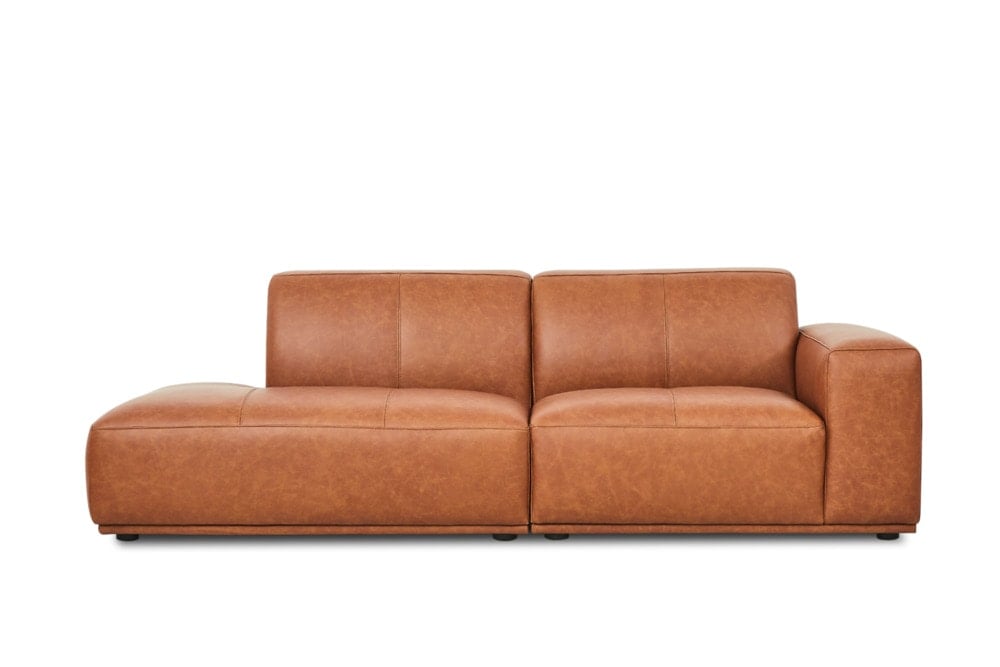What Makes Memory Foam and Gel Mattresses Different?
When it comes to getting a good night's sleep, your mattress plays a crucial role. With so many options available in the market, it can be overwhelming to choose the right one for you. Two popular choices are memory foam and gel mattresses. While both offer excellent support and comfort, they have distinct differences that make them unique. In this article, we will explore the top 10 main differences between memory foam and gel mattresses, so you can make an informed decision for your next mattress purchase.
1. Materials Used
Memory foam mattresses are made from a high-density polyurethane foam, which conforms to your body's shape and provides excellent pressure relief. On the other hand, gel mattresses are made with a combination of foam and gel beads, which are intended to provide a more cooling sleep experience. The gel beads are typically infused into the foam or placed in a separate layer on top of the foam.
2. Construction
Memory foam mattresses are known for their ability to contour to your body, providing support and reducing motion transfer. They have a layered construction, with a support base, a comfort layer, and sometimes an additional cooling layer. Gel mattresses, on the other hand, have a similar construction but with the addition of the gel layer. This layer is meant to provide a cooler sleep experience, making it a preferred choice for those who tend to sleep hot.
3. Support
Both memory foam and gel mattresses offer excellent support, but in different ways. Memory foam mattresses are known for their ability to conform to your body's shape, thus providing even support and relieving pressure points. On the other hand, gel mattresses offer a bit more bounce, making it easier to move around and get in and out of bed. They also provide targeted support to the areas that need it the most.
4. Comfort
When it comes to comfort, both memory foam and gel mattresses excel. Memory foam mattresses offer a plush and cozy feel, with the foam contouring to your body and providing a cradling sensation. Gel mattresses, on the other hand, offer a more responsive and slightly firmer feel, making it a suitable choice for those who prefer a bit more support.
5. Cooling Properties
One of the main differences between memory foam and gel mattresses is their cooling properties. Memory foam mattresses tend to retain heat, which can be uncomfortable for some individuals, especially during hot summer months. Gel mattresses, on the other hand, have cooling properties due to the gel beads infused into the foam, making it a more suitable choice for hot sleepers.
6. Durability
When it comes to durability, both memory foam and gel mattresses are long-lasting options. Memory foam mattresses have a lifespan of 8-10 years, while gel mattresses can last up to 10-12 years. However, the durability of any mattress depends on how well it is maintained and used.
7. Motion Transfer
If you share your bed with a partner, you may be familiar with the problem of motion transfer. This is when movement on one side of the bed disturbs the other person's sleep. Memory foam mattresses are known for their ability to absorb motion, making them an excellent choice for couples. Gel mattresses, while still providing good motion isolation, may not be as effective as memory foam in this aspect.
8. Allergies
If you suffer from allergies, your mattress can play a significant role in your sleep quality. Memory foam mattresses are hypoallergenic and resistant to dust mites, making them a suitable choice for allergy sufferers. Gel mattresses, on the other hand, may not be entirely hypoallergenic, as some gel materials may attract dust and allergens.
9. Price
When it comes to price, memory foam mattresses tend to be more affordable than gel mattresses. This is because gel mattresses are a newer technology and may come with a higher price tag. However, the cost of both mattresses can vary depending on the brand, materials used, and construction.
Differences Between Memory Foam and Gel Mattresses

Introduction
 When it comes to choosing the right mattress for your home, there are a variety of options to consider. Two popular choices on the market today are
memory foam and gel mattresses
. Both offer unique features and benefits, but it's important to understand the differences between them in order to make an informed decision for your specific needs. In this article, we will explore the key differences between these two types of mattresses, so you can make the best choice for a comfortable and restful night's sleep.
When it comes to choosing the right mattress for your home, there are a variety of options to consider. Two popular choices on the market today are
memory foam and gel mattresses
. Both offer unique features and benefits, but it's important to understand the differences between them in order to make an informed decision for your specific needs. In this article, we will explore the key differences between these two types of mattresses, so you can make the best choice for a comfortable and restful night's sleep.
Construction
 The main difference between memory foam and gel mattresses lies in their construction.
Memory foam mattresses
are made from a high-density foam material that molds to the shape of your body, providing personalized support and pressure relief. The foam is designed to respond to your body heat, which allows it to conform to your body's unique contours and provide a comfortable sleeping surface.
On the other hand,
gel mattresses
are made from a combination of gel and foam materials. The gel is added to the foam to enhance its cooling properties, making it a popular choice for those who tend to sleep hot. The gel also helps to provide additional support and pressure relief, similar to memory foam.
The main difference between memory foam and gel mattresses lies in their construction.
Memory foam mattresses
are made from a high-density foam material that molds to the shape of your body, providing personalized support and pressure relief. The foam is designed to respond to your body heat, which allows it to conform to your body's unique contours and provide a comfortable sleeping surface.
On the other hand,
gel mattresses
are made from a combination of gel and foam materials. The gel is added to the foam to enhance its cooling properties, making it a popular choice for those who tend to sleep hot. The gel also helps to provide additional support and pressure relief, similar to memory foam.
Comfort and Support
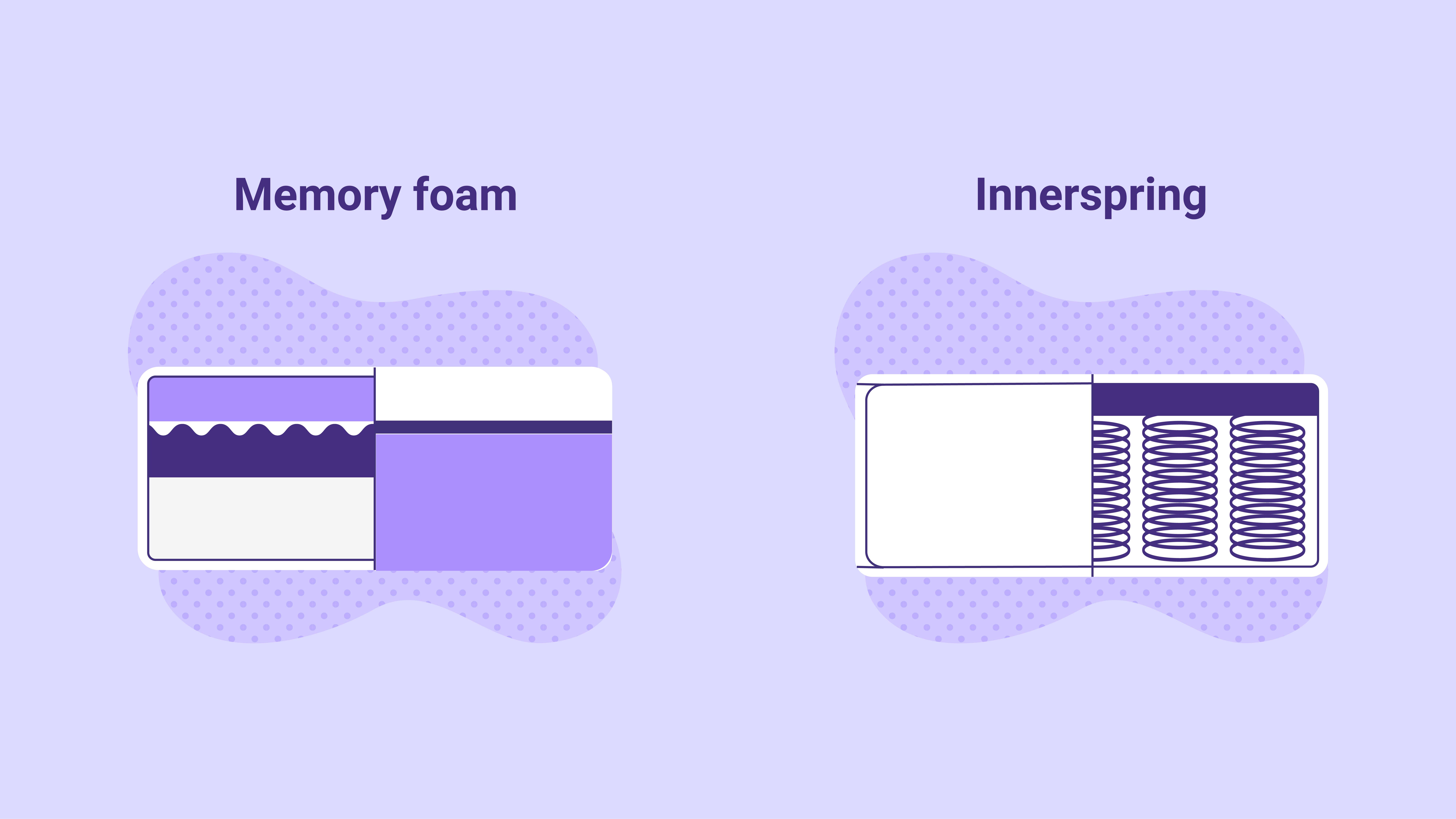 Both memory foam and gel mattresses offer excellent comfort and support, but there are some differences to consider. Memory foam mattresses are known for their ability to relieve pressure points and provide a cradling sensation, making them a great choice for those with joint pain or back issues. However, some people may find that memory foam mattresses retain heat and can feel too soft for their liking.
Gel mattresses, on the other hand, have a more responsive feel and provide a bit more bounce, similar to traditional spring mattresses. The gel material helps to keep the mattress cool, making it a better choice for hot sleepers. Additionally, gel mattresses offer good support and pressure relief, but may not conform to the body as closely as memory foam.
Both memory foam and gel mattresses offer excellent comfort and support, but there are some differences to consider. Memory foam mattresses are known for their ability to relieve pressure points and provide a cradling sensation, making them a great choice for those with joint pain or back issues. However, some people may find that memory foam mattresses retain heat and can feel too soft for their liking.
Gel mattresses, on the other hand, have a more responsive feel and provide a bit more bounce, similar to traditional spring mattresses. The gel material helps to keep the mattress cool, making it a better choice for hot sleepers. Additionally, gel mattresses offer good support and pressure relief, but may not conform to the body as closely as memory foam.
Price and Durability
 In terms of price, memory foam mattresses tend to be more affordable compared to gel mattresses. This is because memory foam is a more established technology and has been on the market for a longer period of time. However, gel mattresses are becoming increasingly popular and their prices are becoming more competitive.
When it comes to durability, both types of mattresses are known for their longevity. However, gel mattresses may have a slight edge, as the gel material is more resistant to compression and can maintain its shape for a longer period of time.
In terms of price, memory foam mattresses tend to be more affordable compared to gel mattresses. This is because memory foam is a more established technology and has been on the market for a longer period of time. However, gel mattresses are becoming increasingly popular and their prices are becoming more competitive.
When it comes to durability, both types of mattresses are known for their longevity. However, gel mattresses may have a slight edge, as the gel material is more resistant to compression and can maintain its shape for a longer period of time.
Conclusion
 In summary, both memory foam and gel mattresses offer unique benefits and are great options for a good night's sleep. Consider the construction, comfort and support, as well as the price and durability when making your decision.
Memory foam mattresses
are a better choice for those who want a more personalized and pressure-relieving sleep surface, whereas
gel mattresses
are ideal for hot sleepers and those who prefer a slightly firmer feel. Ultimately, the best mattress for you will depend on your individual preferences and needs.
In summary, both memory foam and gel mattresses offer unique benefits and are great options for a good night's sleep. Consider the construction, comfort and support, as well as the price and durability when making your decision.
Memory foam mattresses
are a better choice for those who want a more personalized and pressure-relieving sleep surface, whereas
gel mattresses
are ideal for hot sleepers and those who prefer a slightly firmer feel. Ultimately, the best mattress for you will depend on your individual preferences and needs.

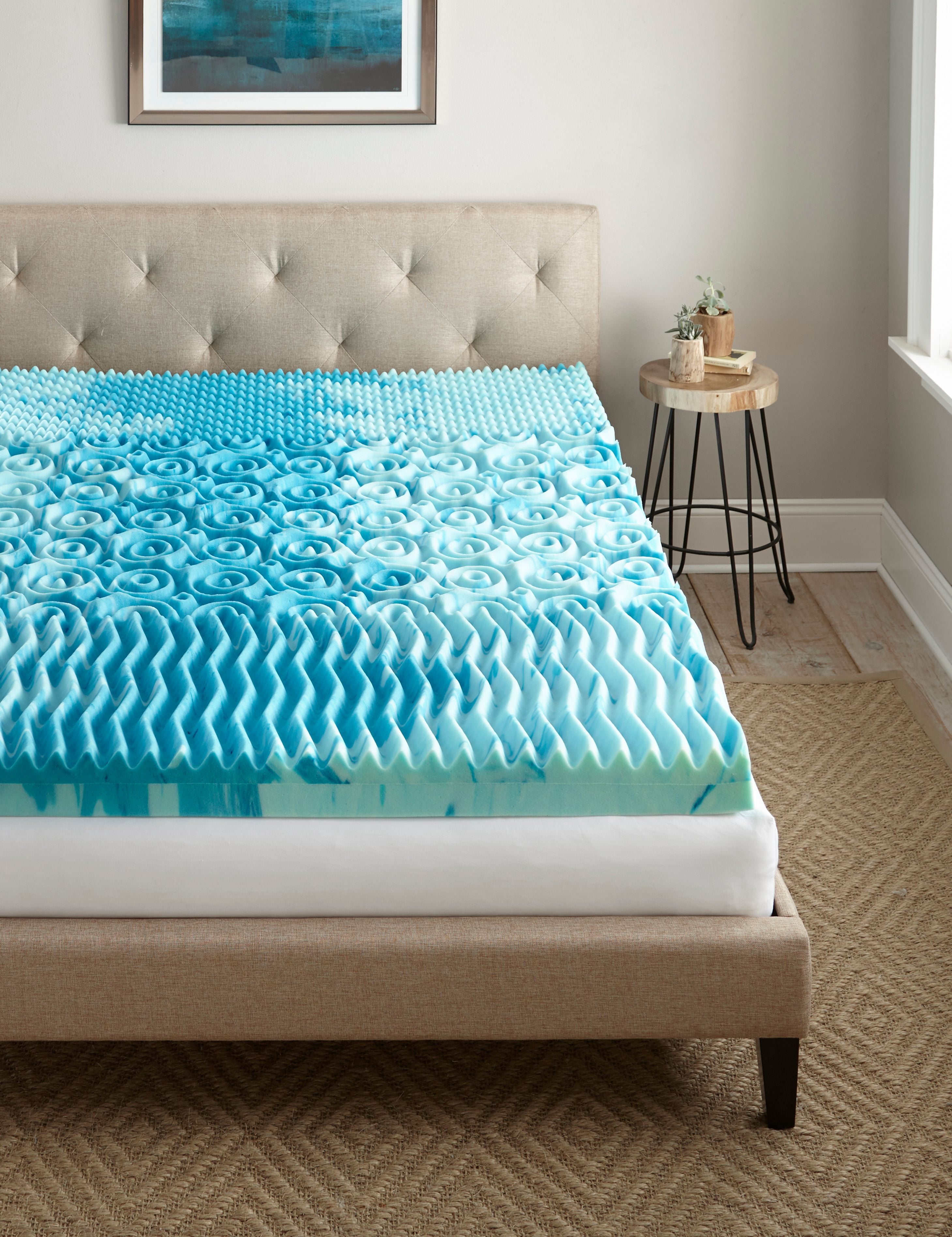
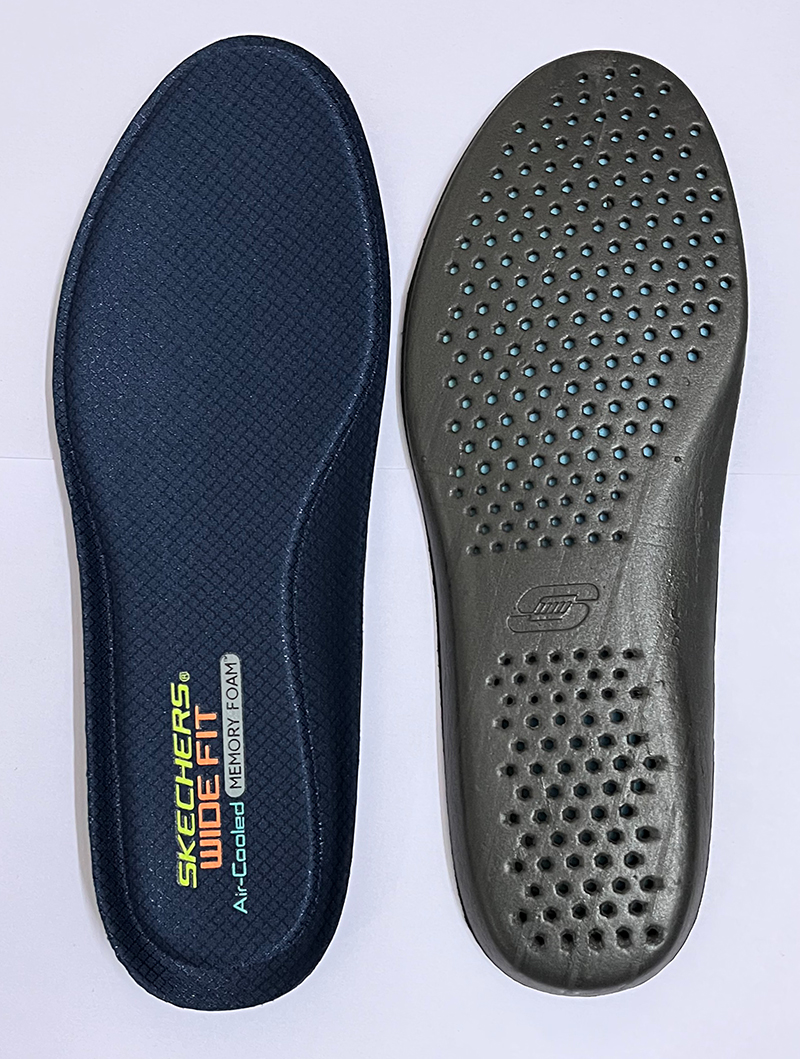



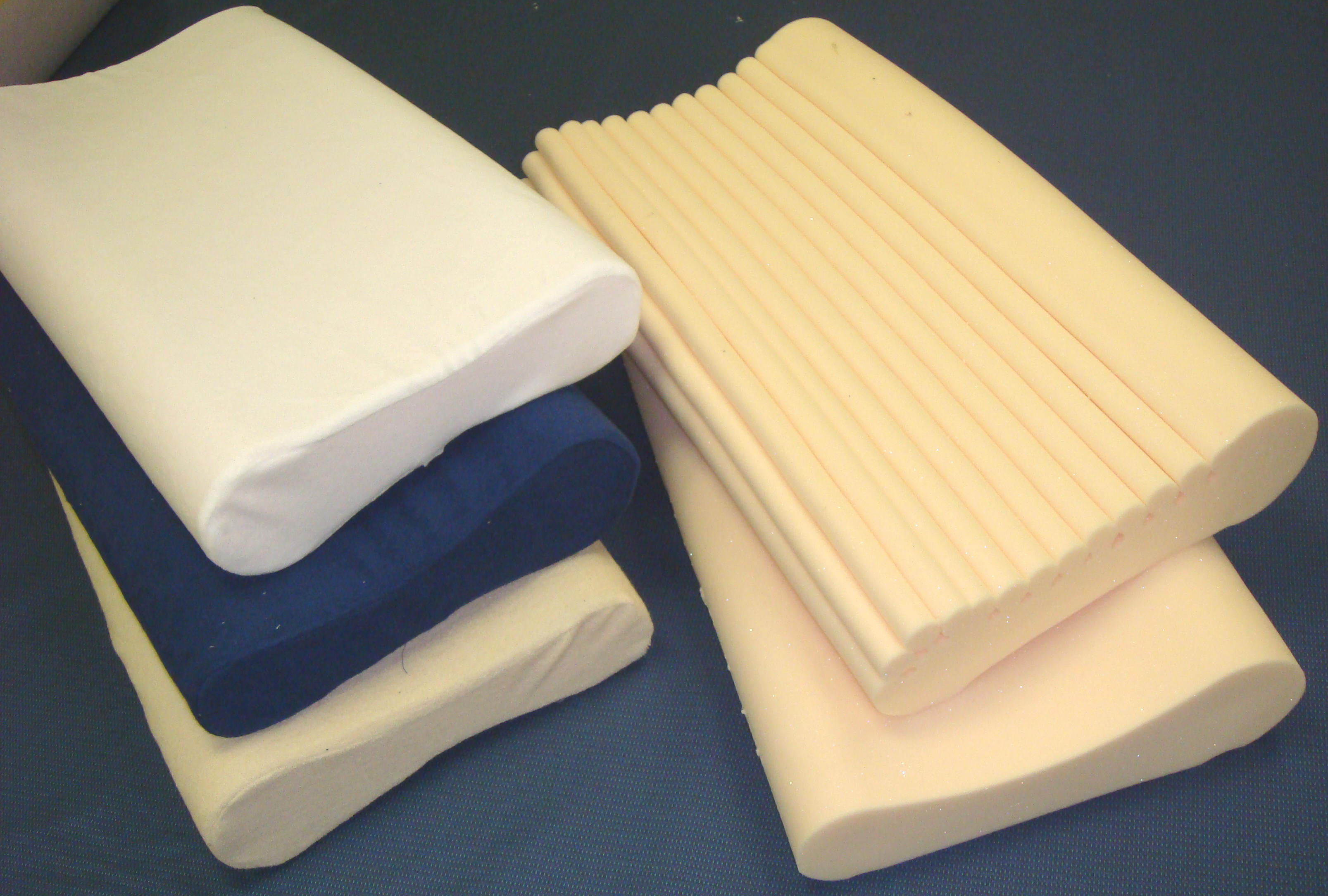
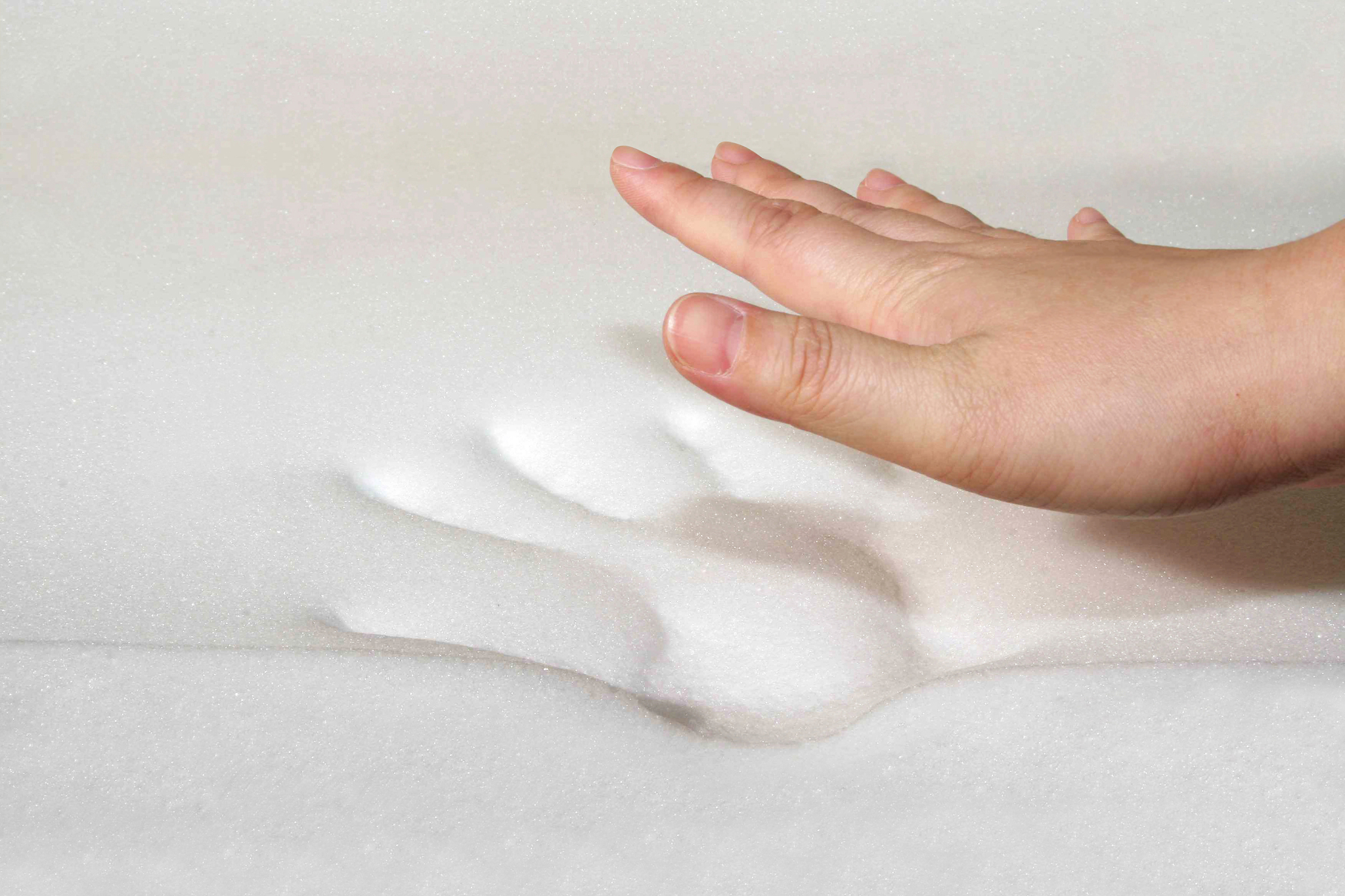

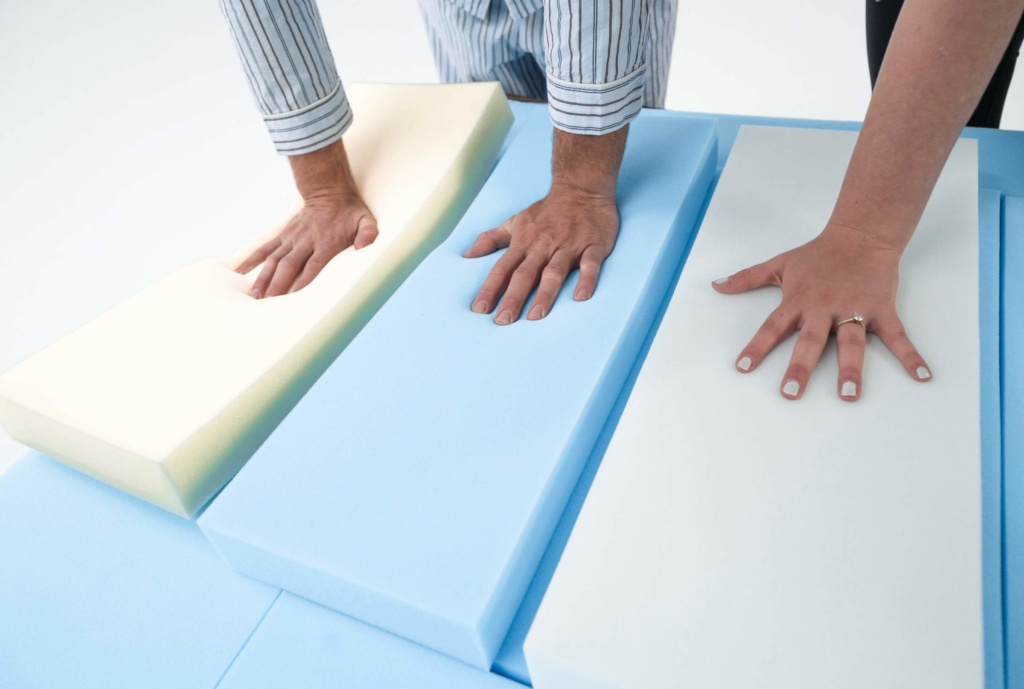
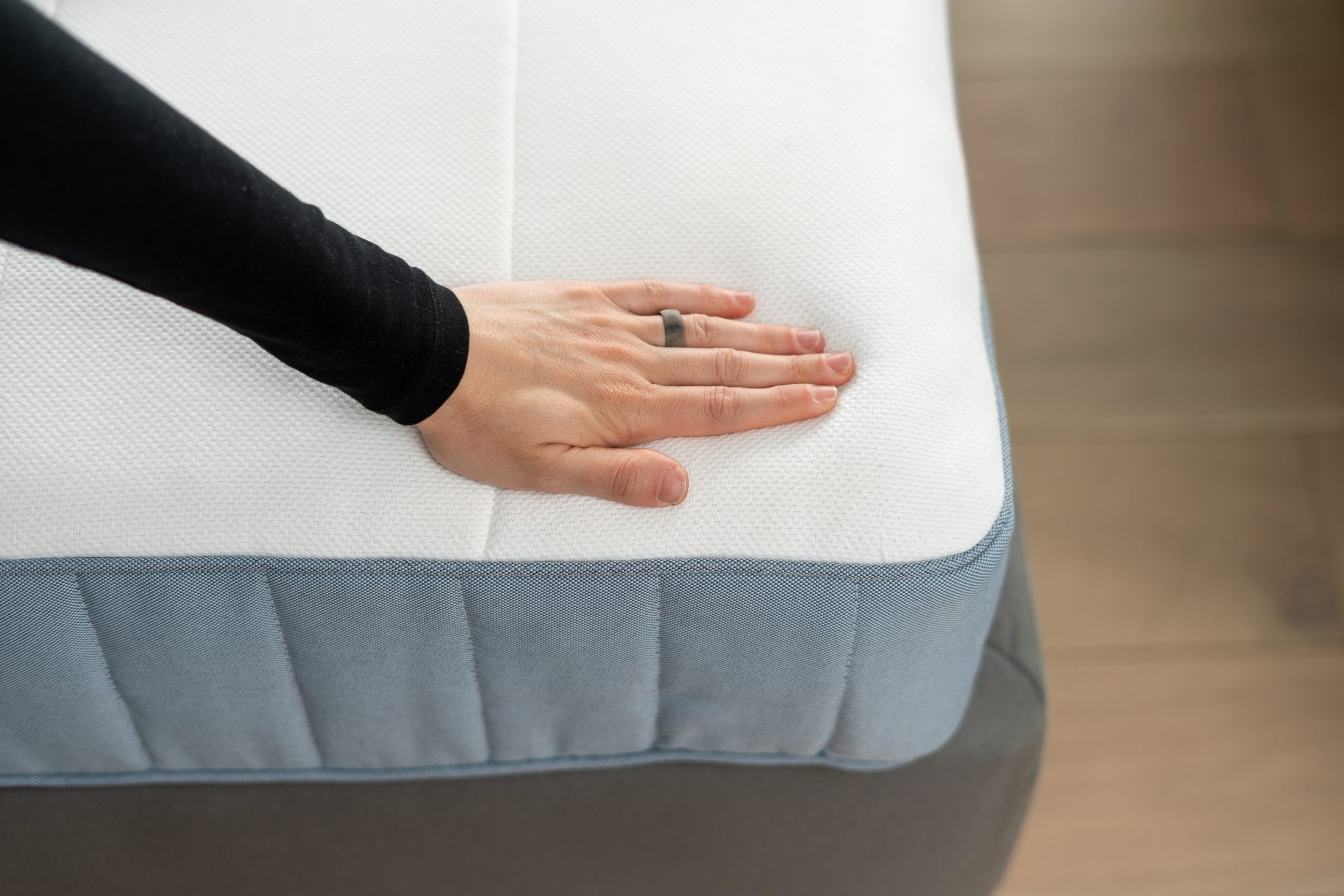
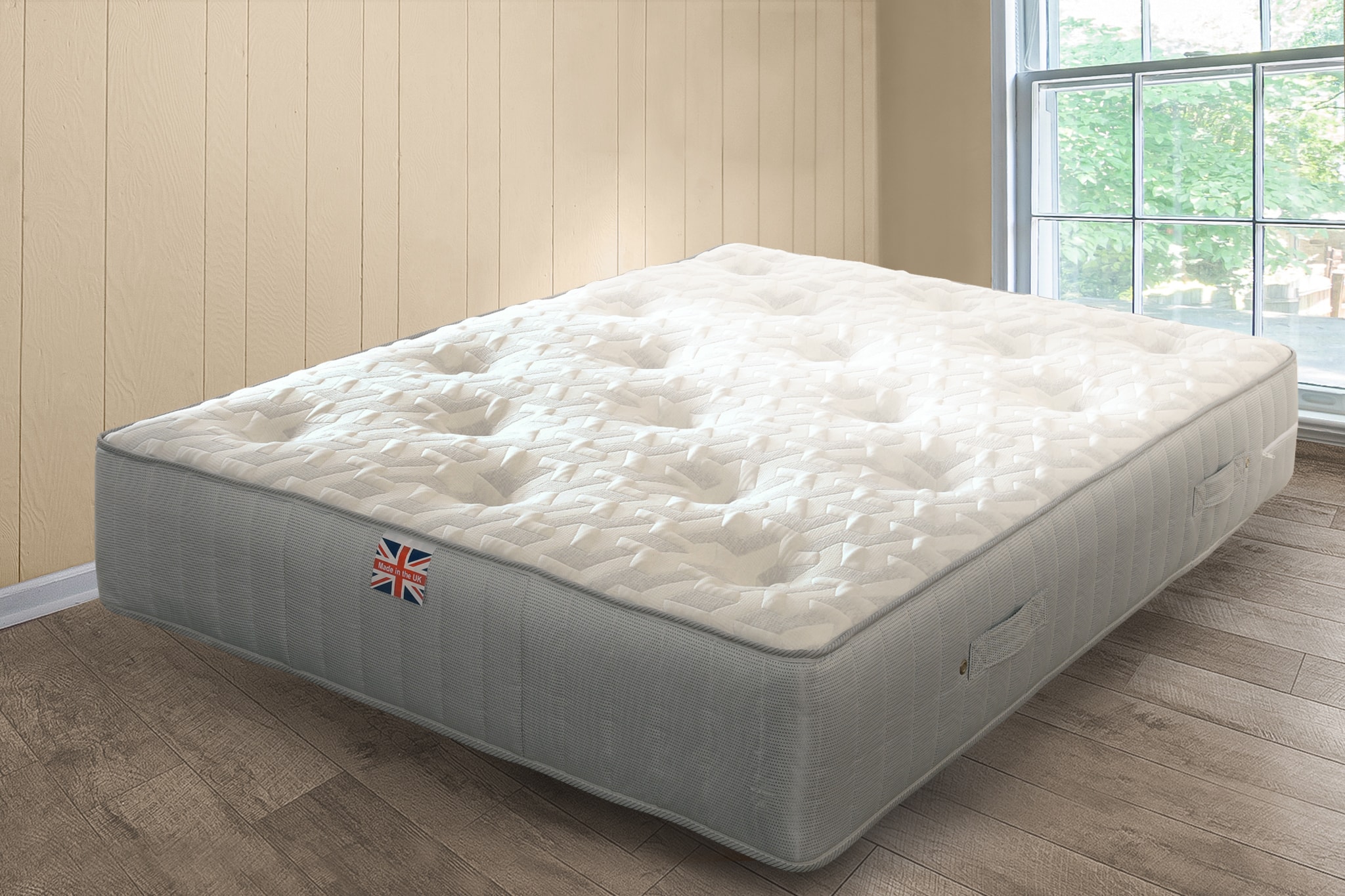

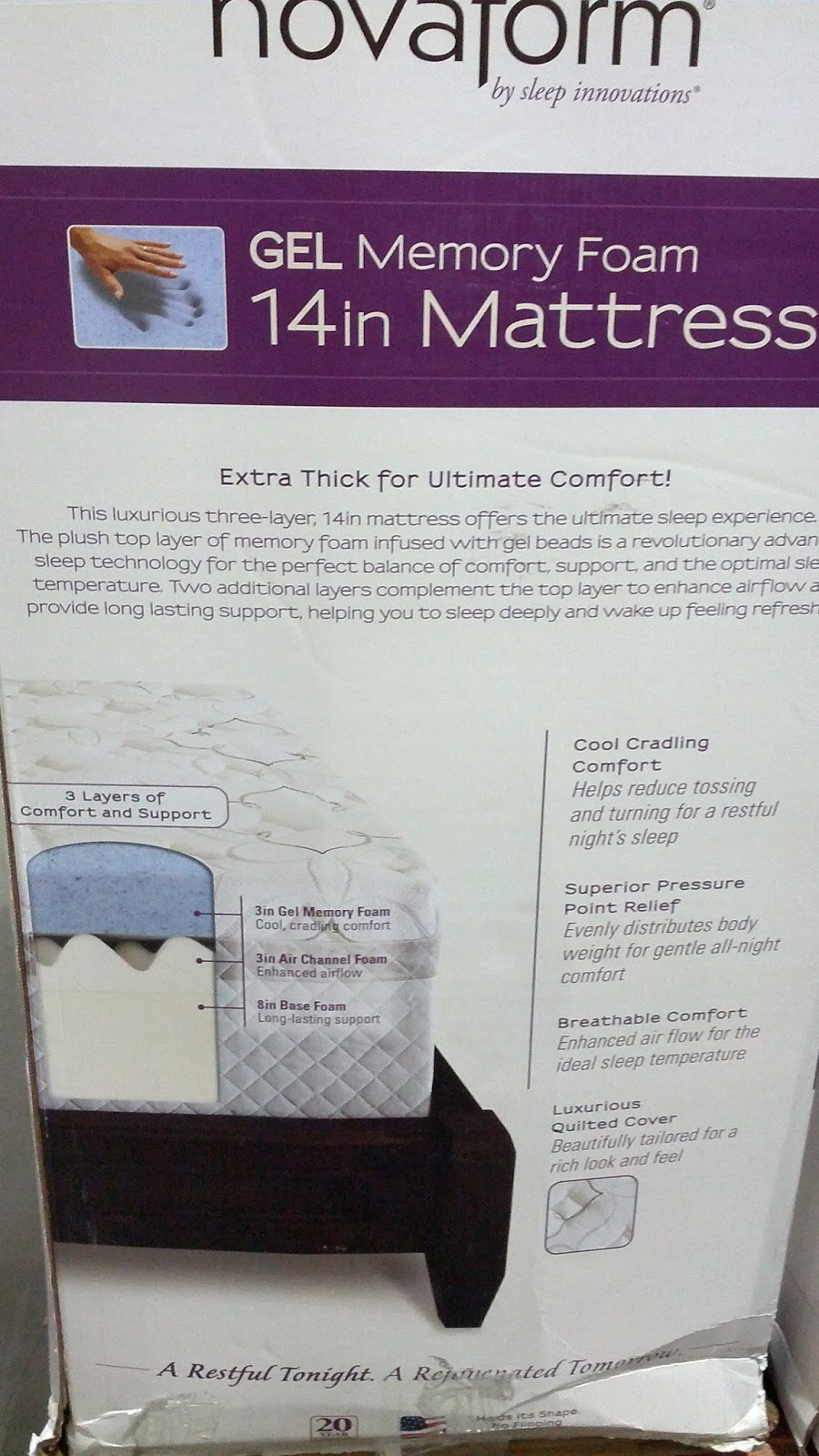










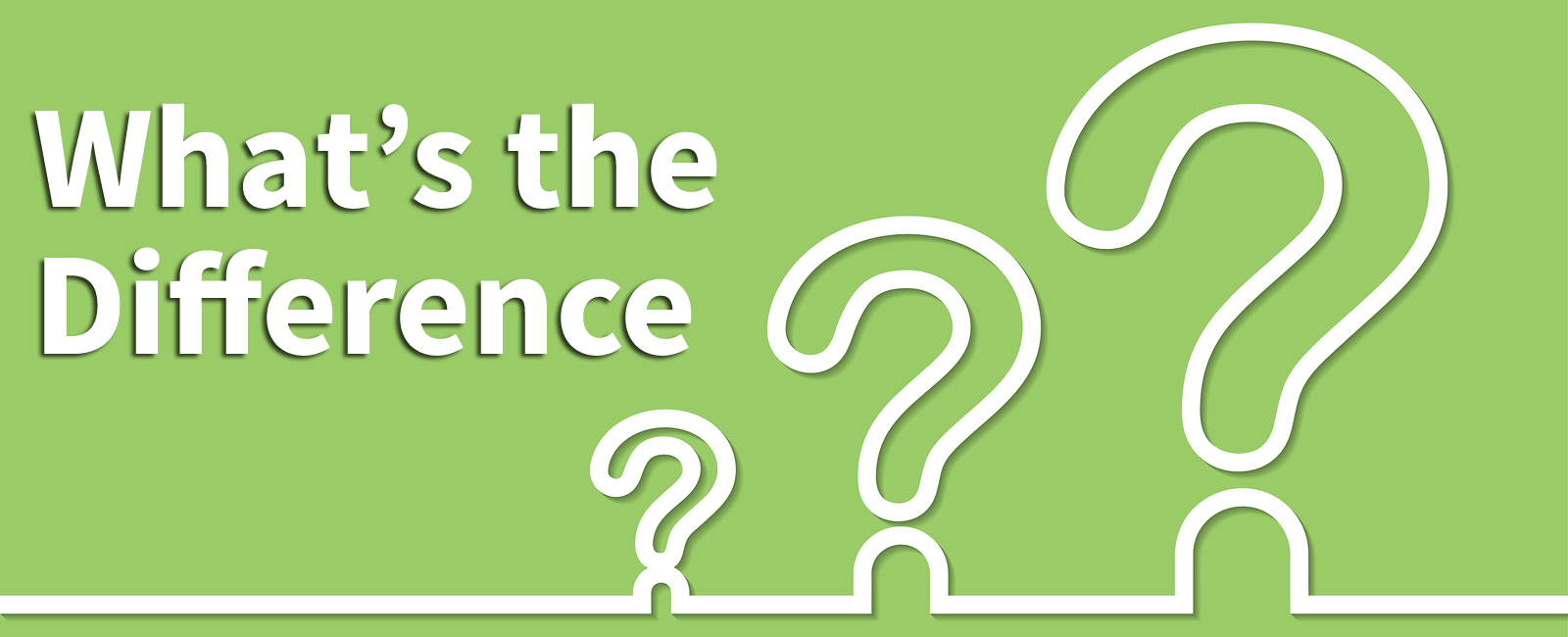




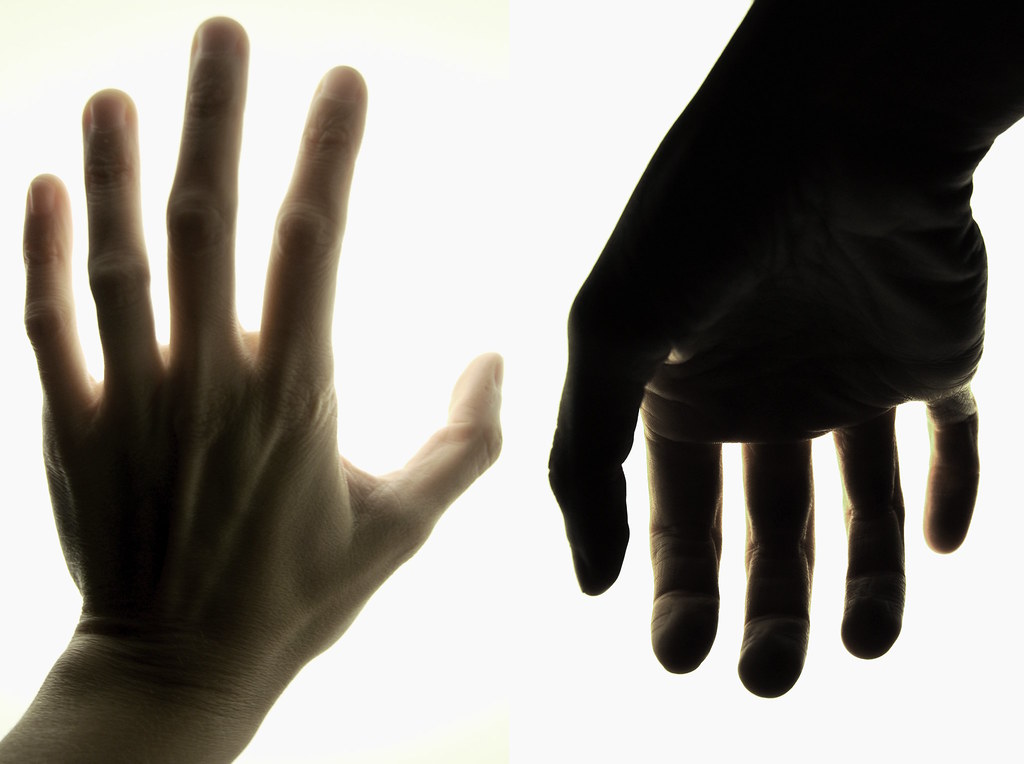





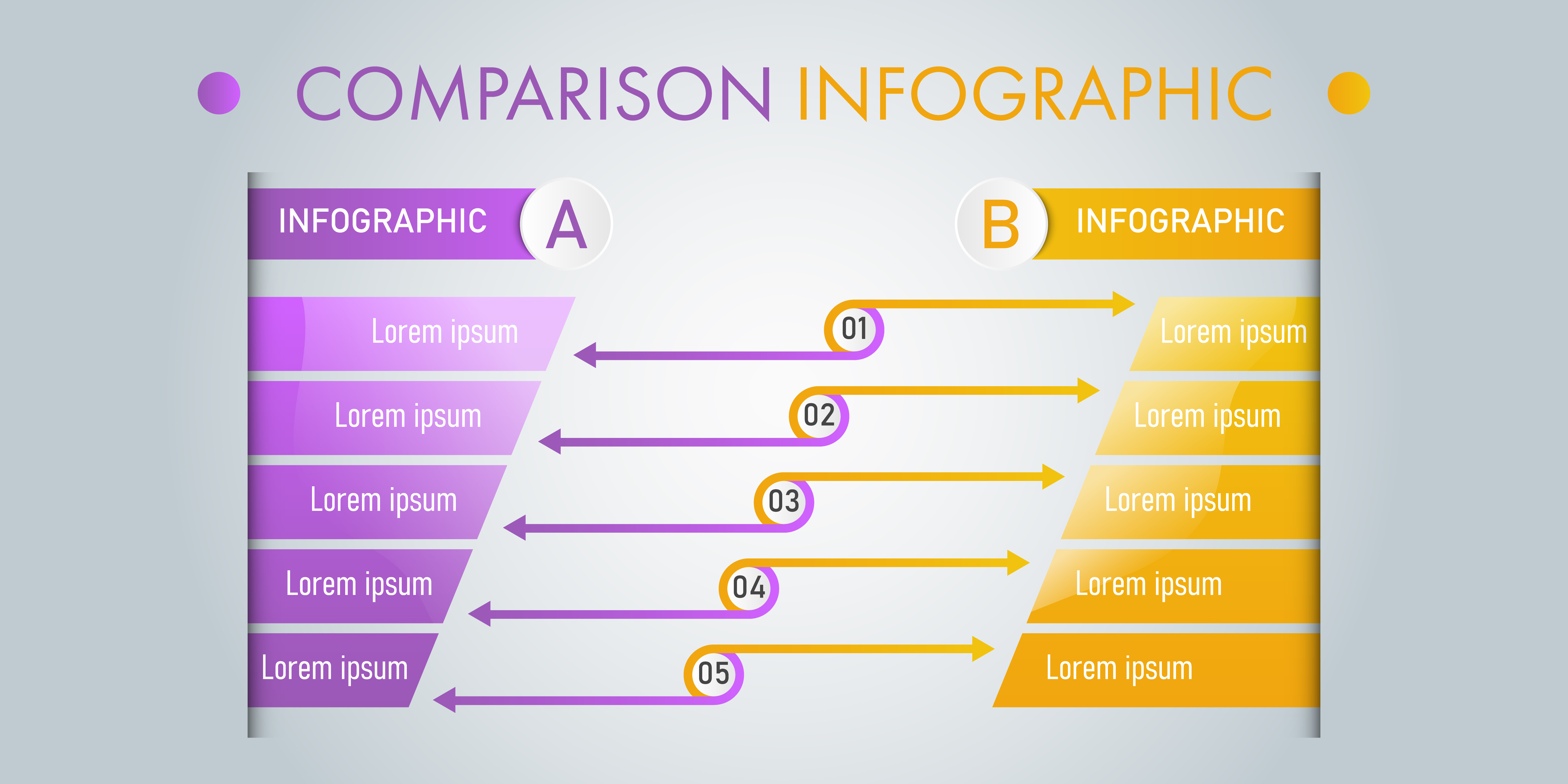

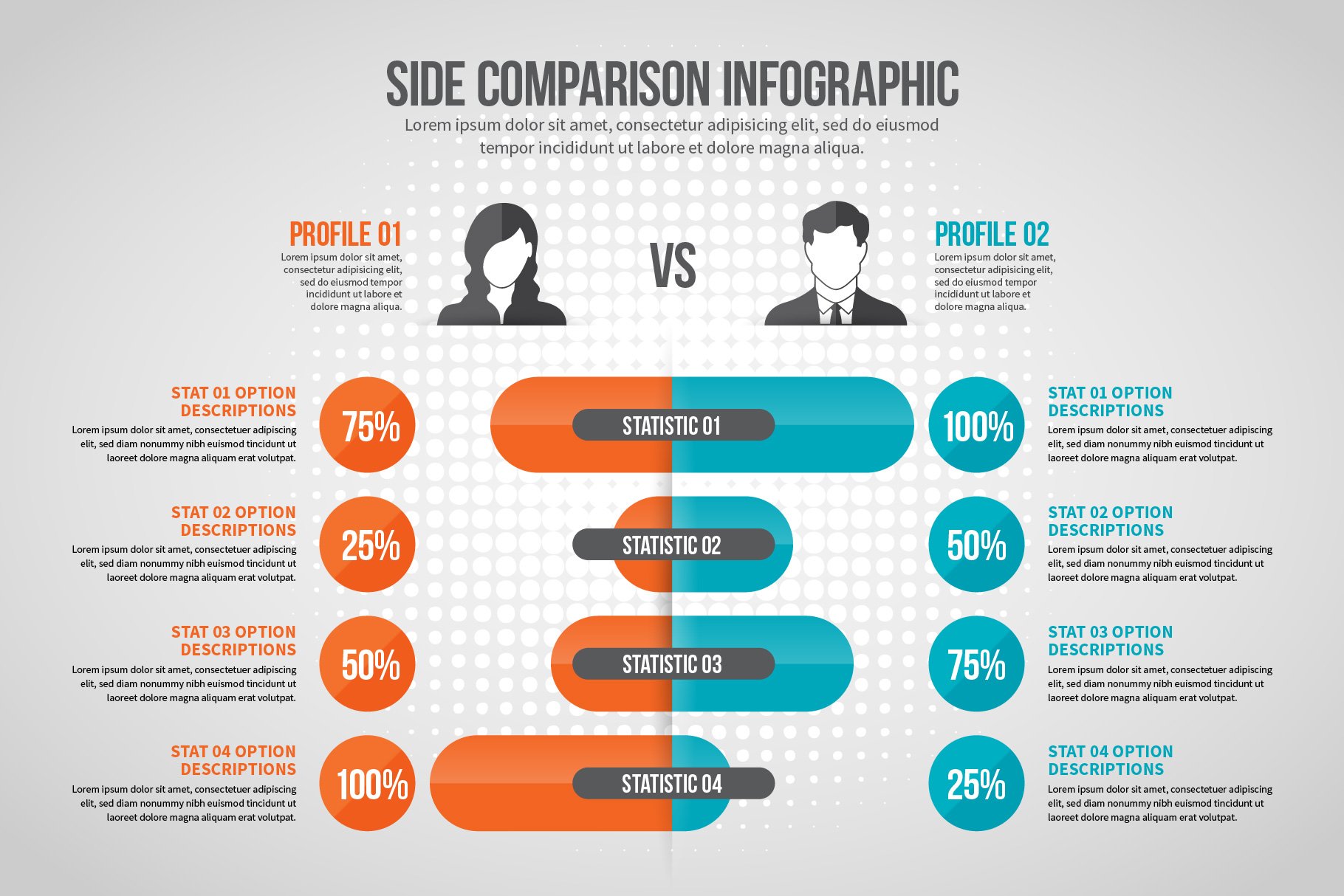

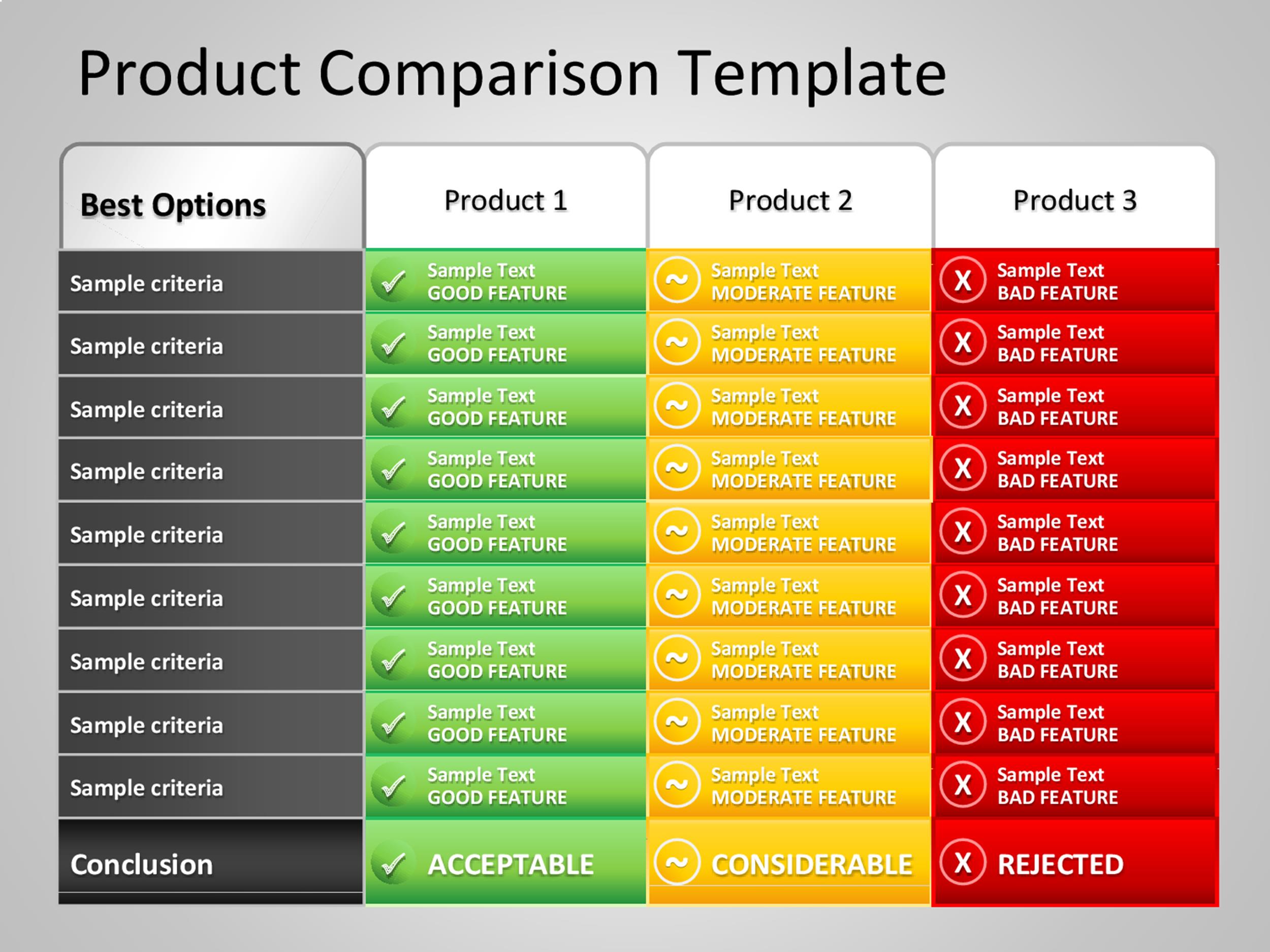
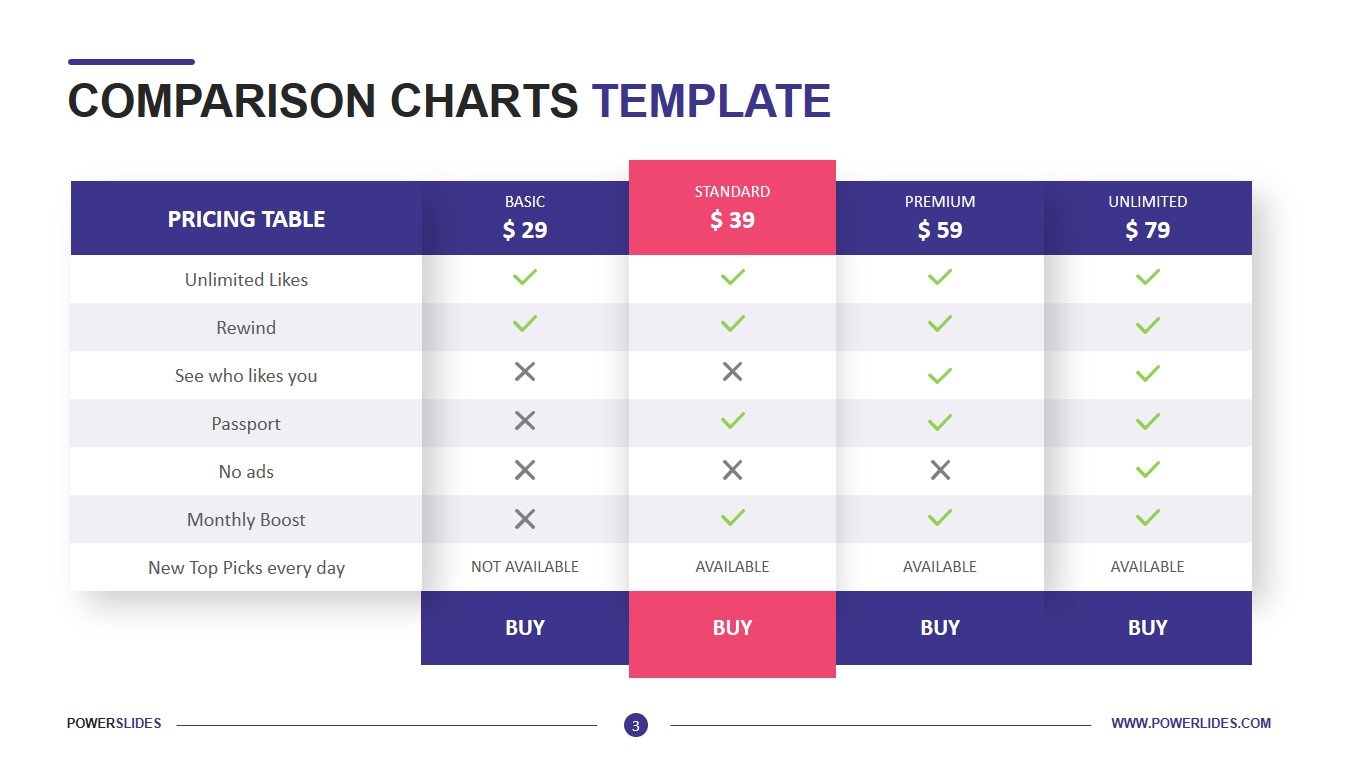
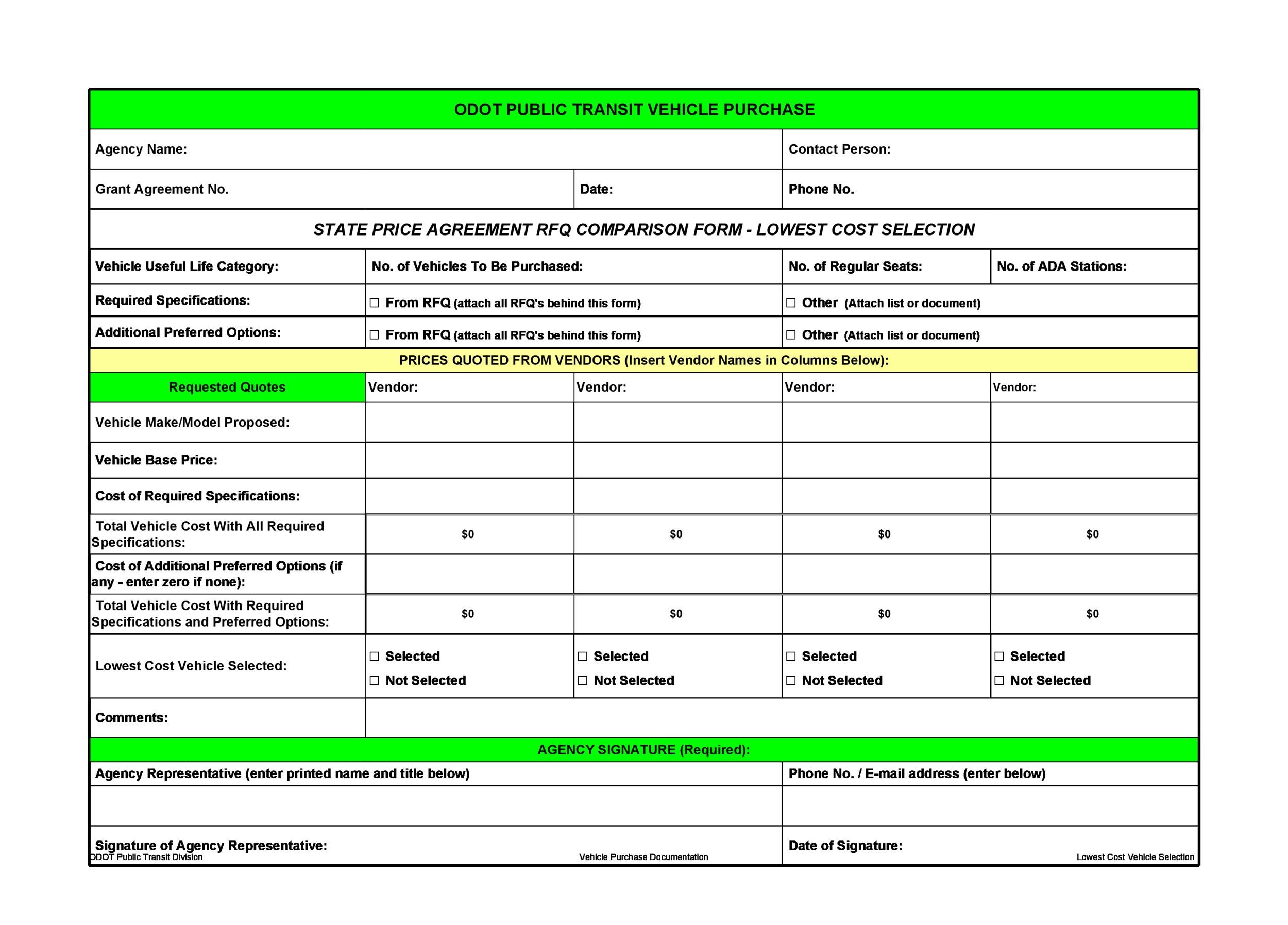













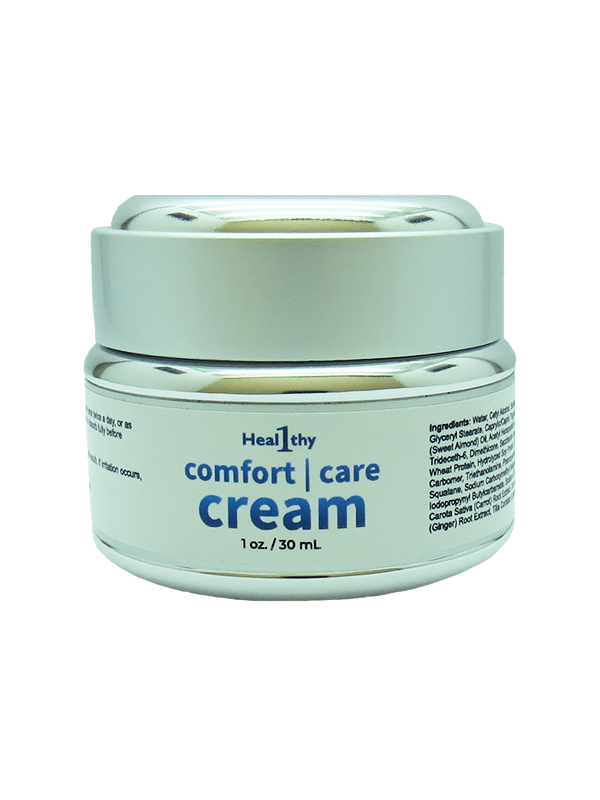







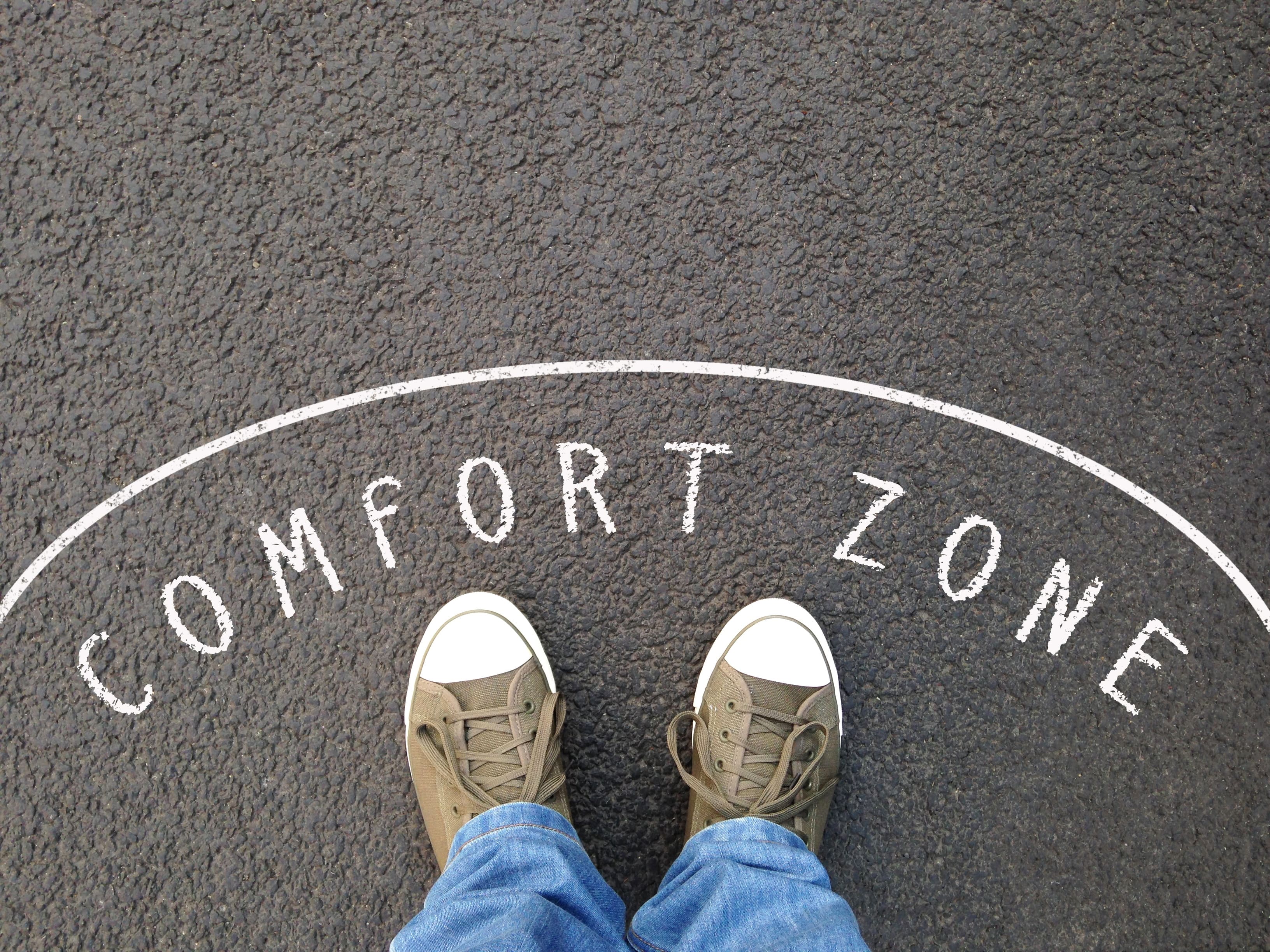
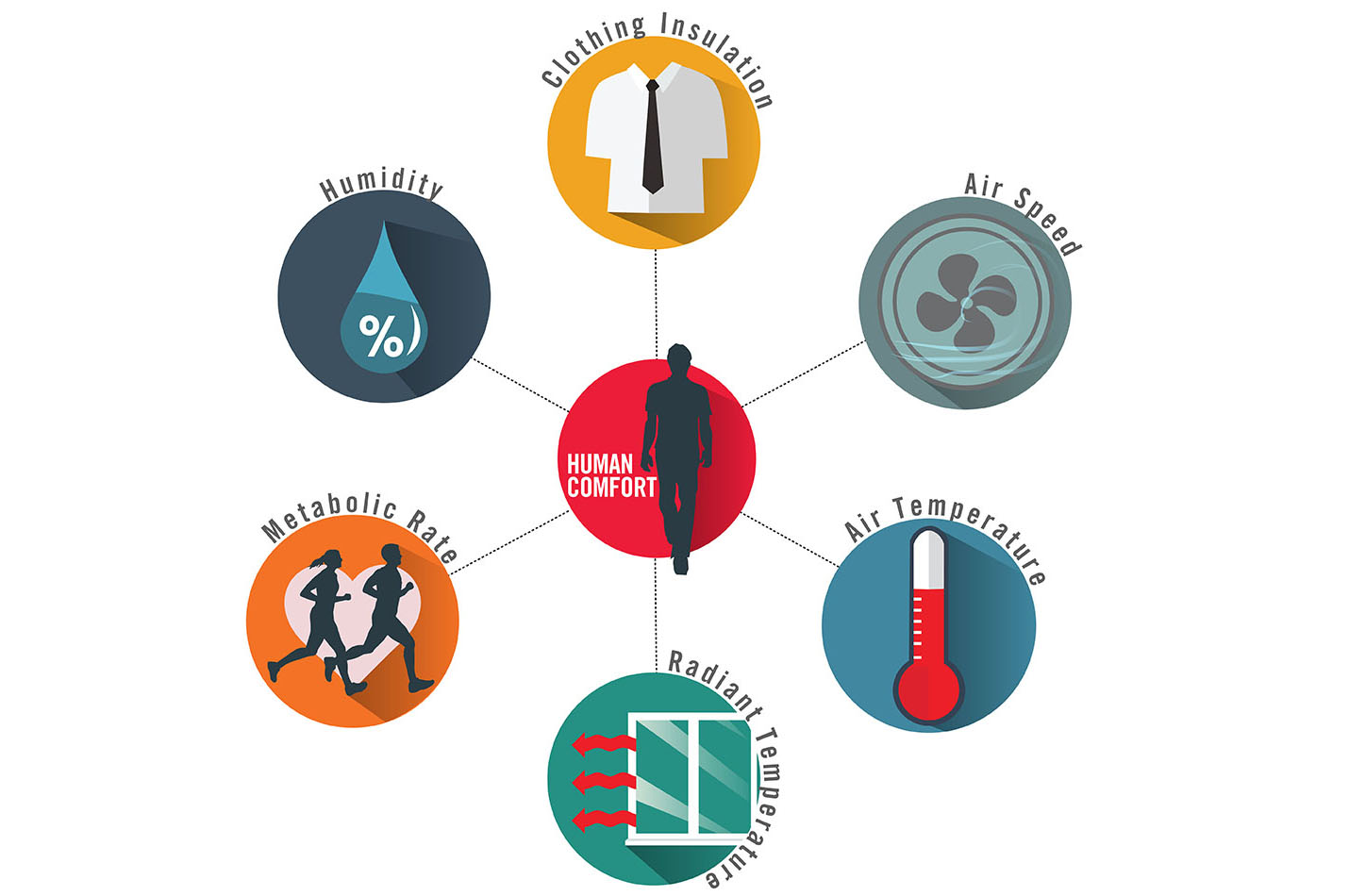










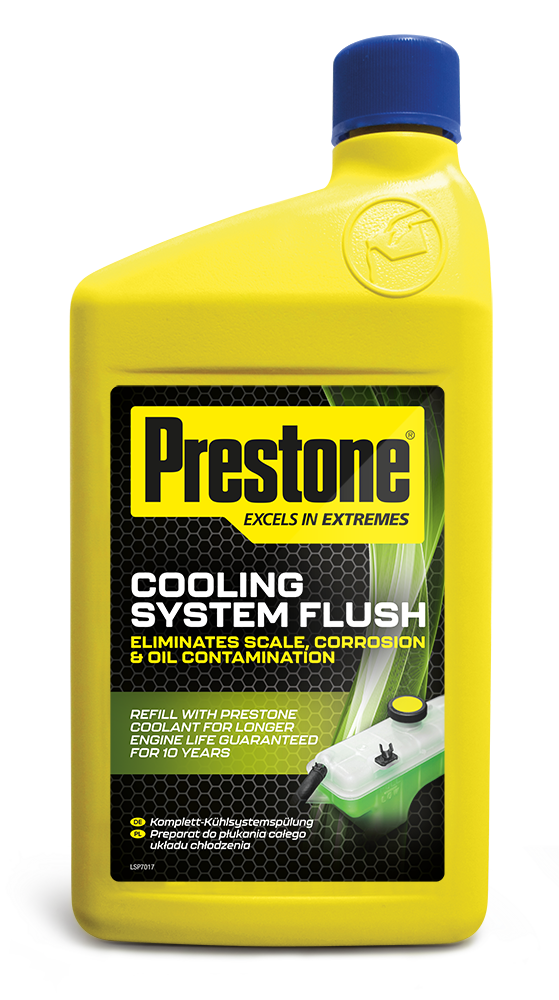



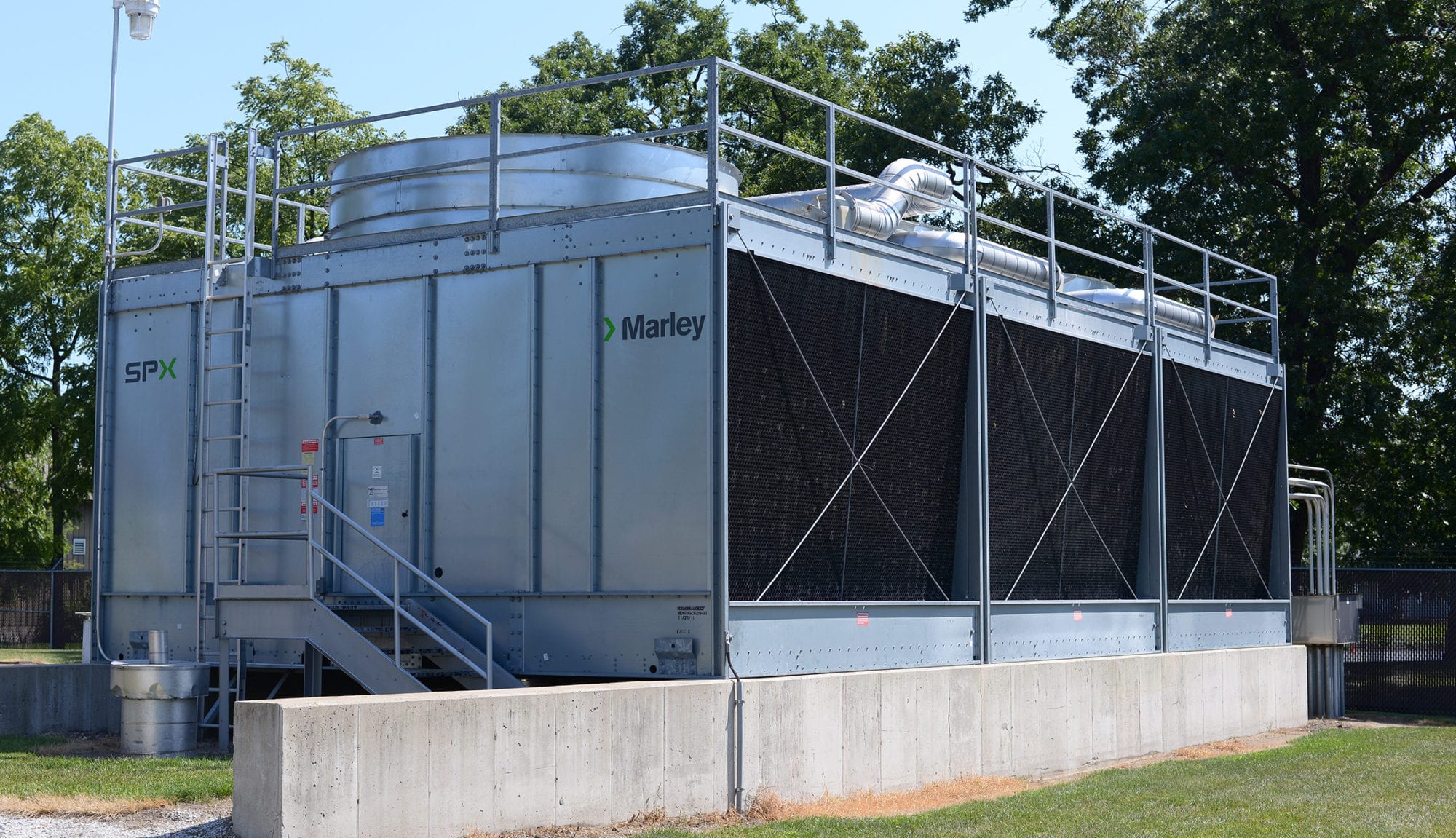

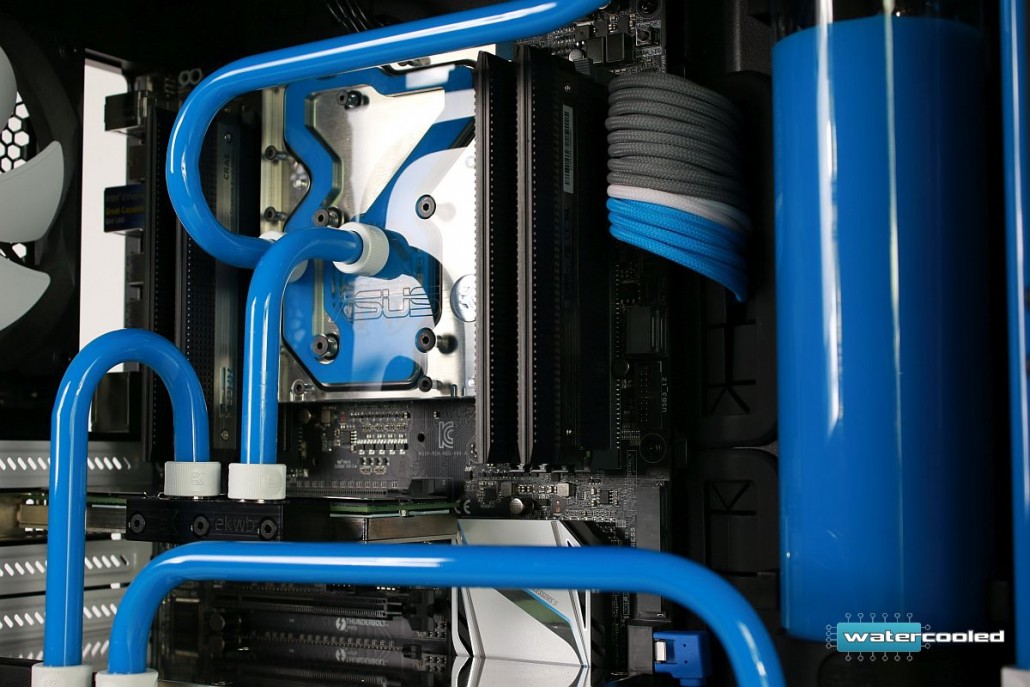

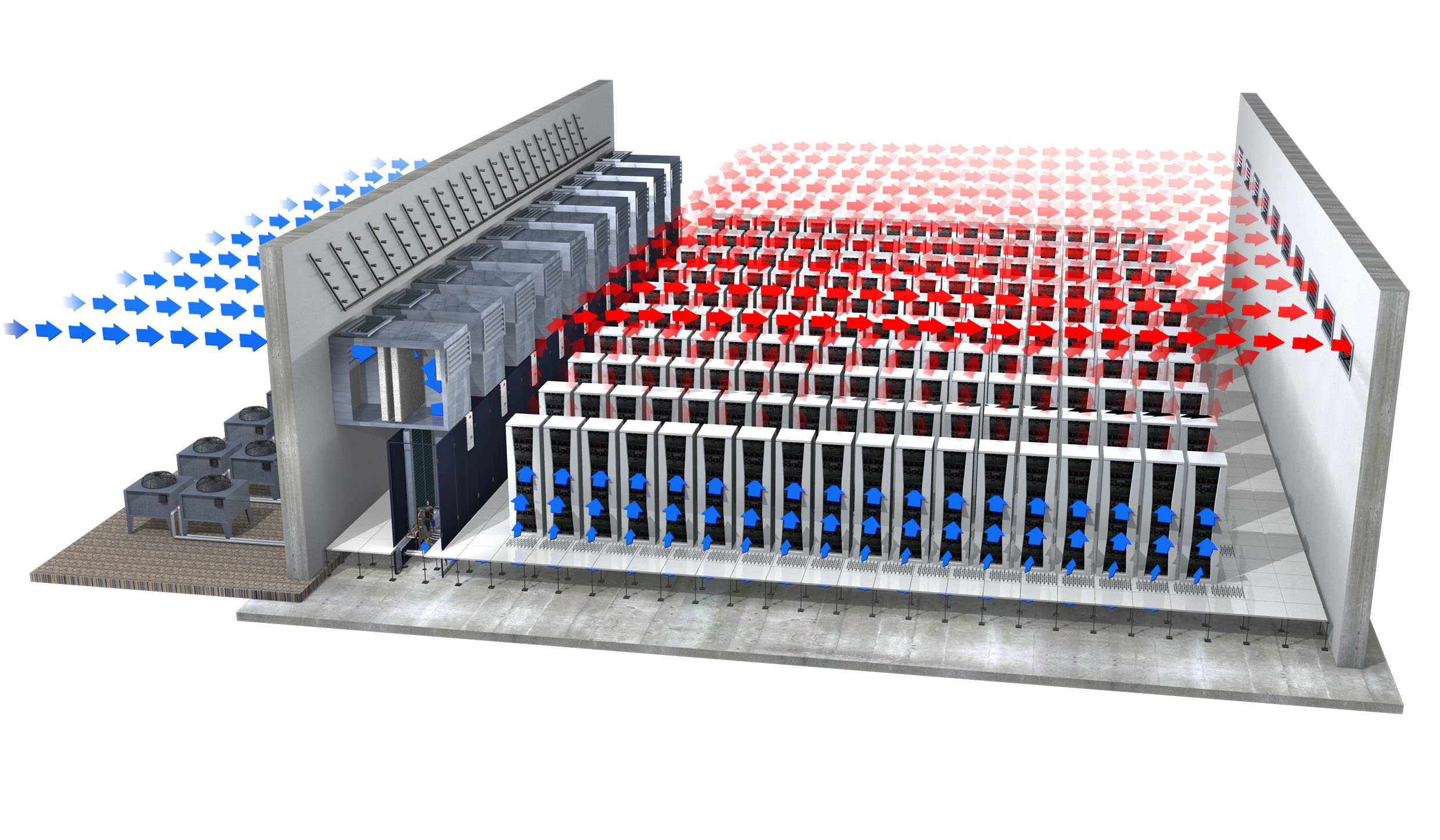

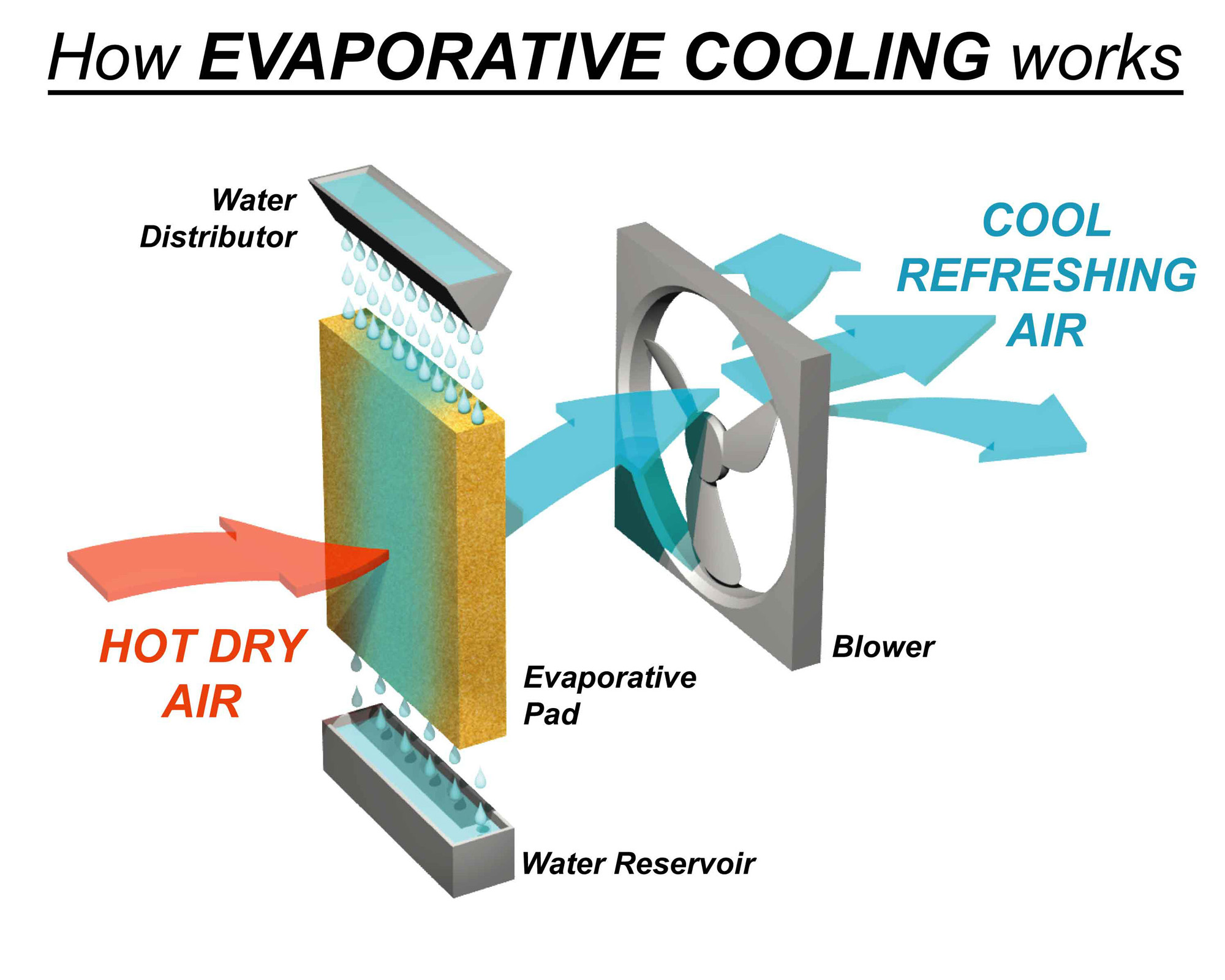

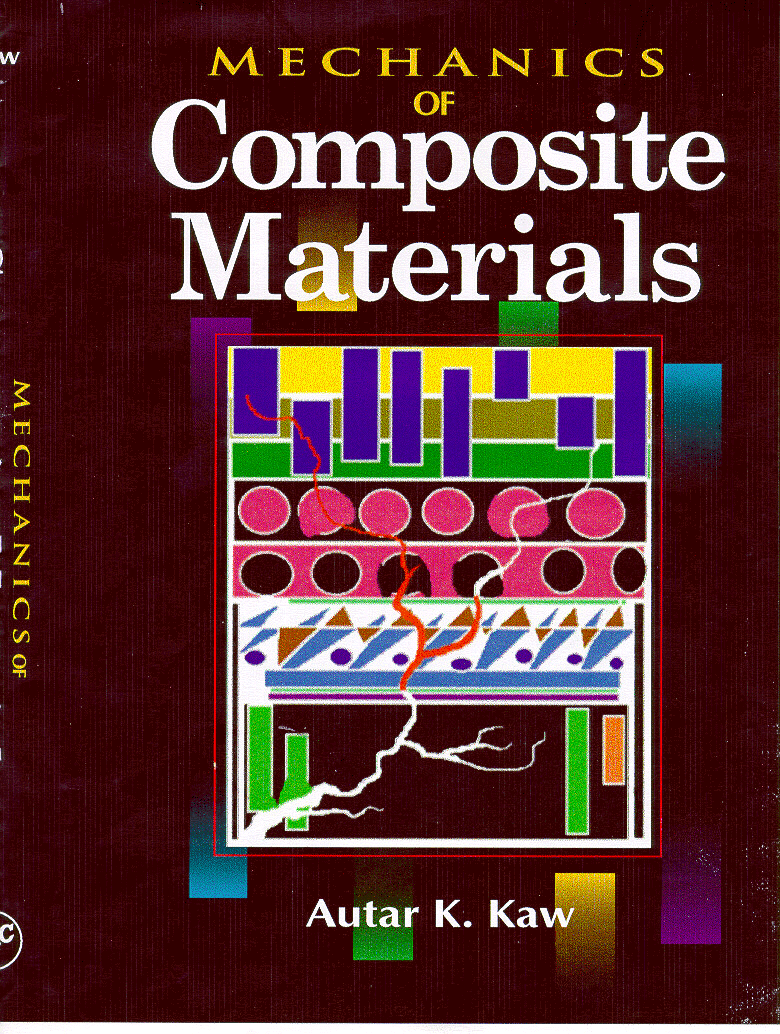



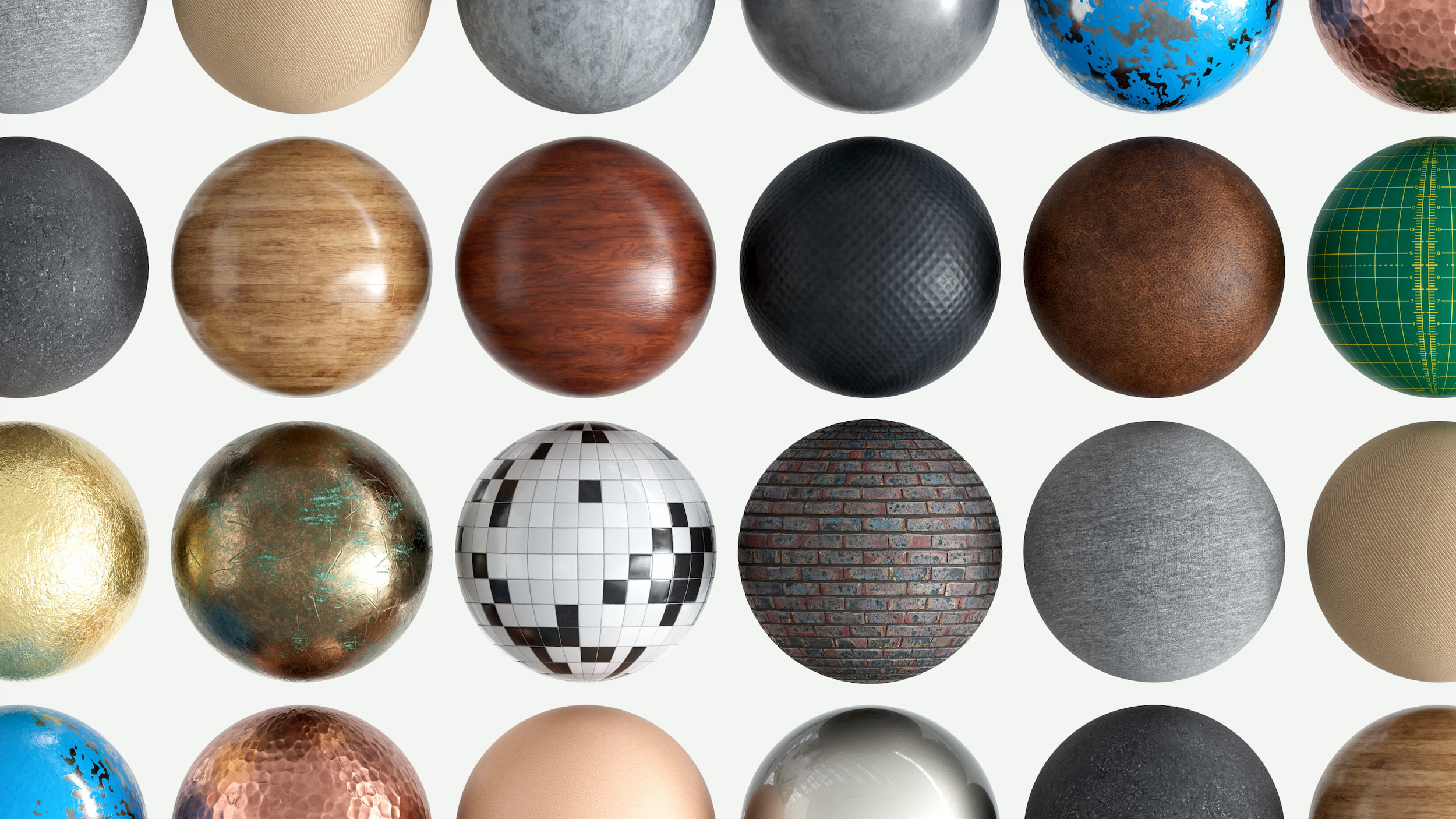
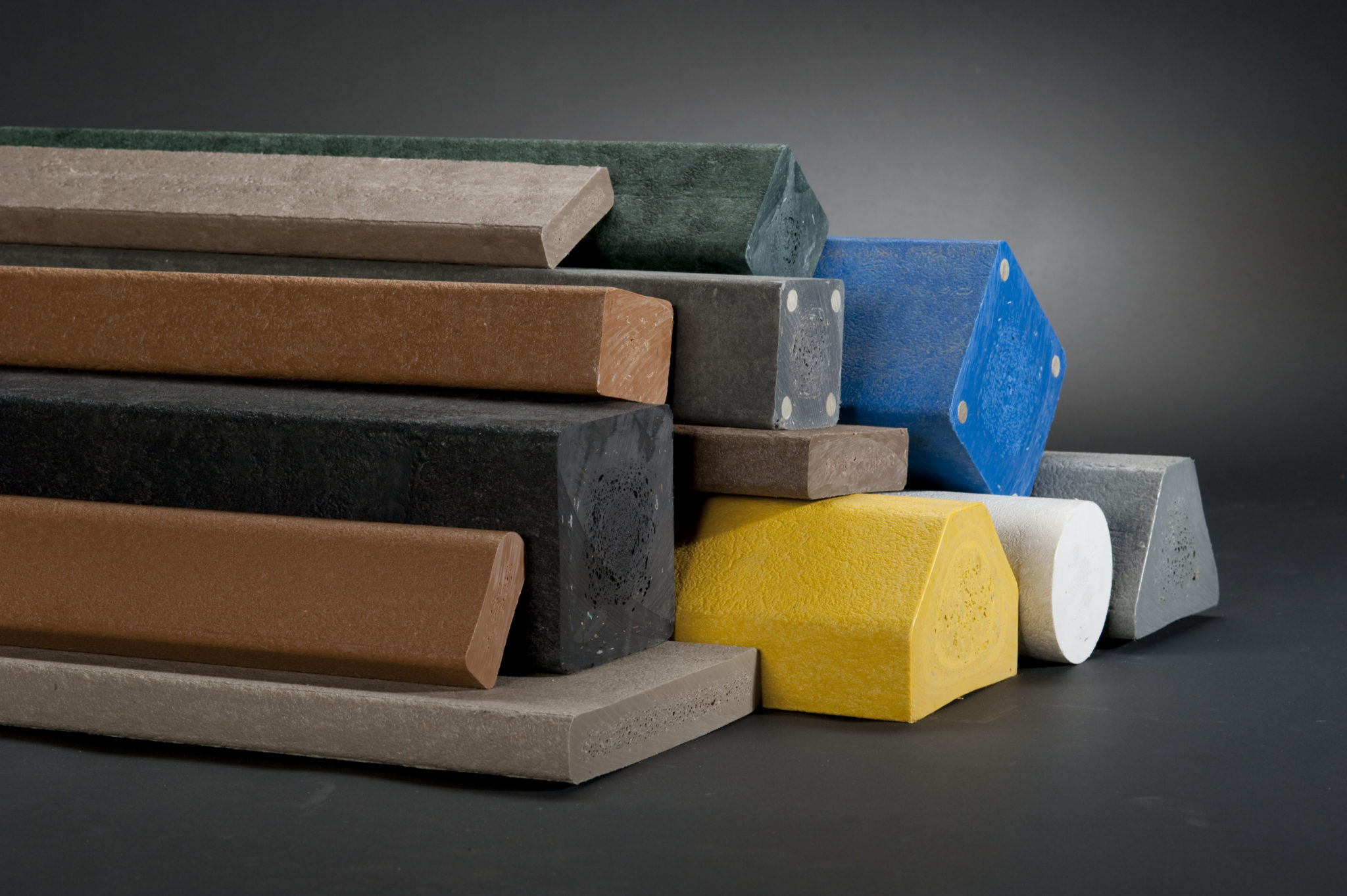
.jpg)






















